First Aid for Cats is an essential topic for every cat owner. In this comprehensive guide, we'll cover the fundamental skills you need to effectively handle emergencies and potentially save your pet's life.
From learning CPR for cats, and understanding vital signs, to dealing with wounds and poisoning, we're providing the knowledge that's critical in a crisis.
With this training, you're not just a pet owner—you're your cat's lifeline.
Discovering First Aid Classes
The Red Cross, renowned for its first aid courses for humans, also extends its expertise to our four-legged friends.
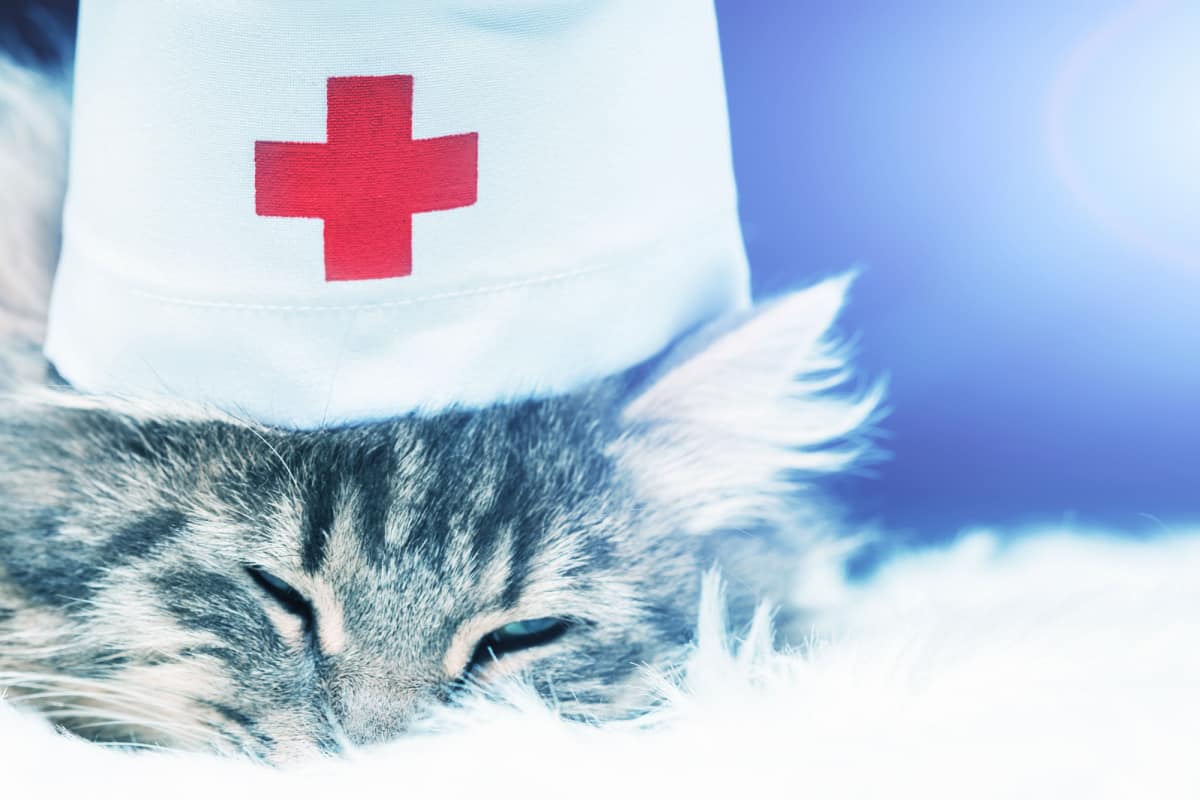
They offer specialized dog and cat classes where you can learn essential skills like locating a pulse point, bandaging a wounded paw, and safely muzzling an injured animal for transport.
If the Red Cross isn't available in your area, local training centers are often a treasure trove of information, with dog enthusiasts more than willing to share.
Exploring Other Learning Venues
Don't overlook boarding facilities and daycare centers. They frequently offer classes and don't worry, your cat won't need to tag along.
Instead, you'll practice on manikins or stuffed animals, ensuring a stress-free learning environment.
Key Topics to Cover in Your Class
When choosing a class, ensure it covers a comprehensive range of topics.
These should include CPR and rescue breathing, checking vital signs, controlling bleeding, handling and restraining an injured pet, and inducing vomiting (along with knowing when not to).
It's also crucial to learn how to address bite wounds, recognize and treat heatstroke and frostbite, prevent and treat poisoning, and handle burns, choking, diarrhea, broken bones, seizures, shock, and vomiting.
With these skills under your belt, you'll be well-prepared to handle any pet emergency.
SIGN UP FOR THECATSITE'S EMAIL UPDATES >
Be Prepared: Essential Emergency Contacts
In the comfort of your home, ensure that the poison control hotline is readily available, perhaps listed near your phone or saved in your contacts.
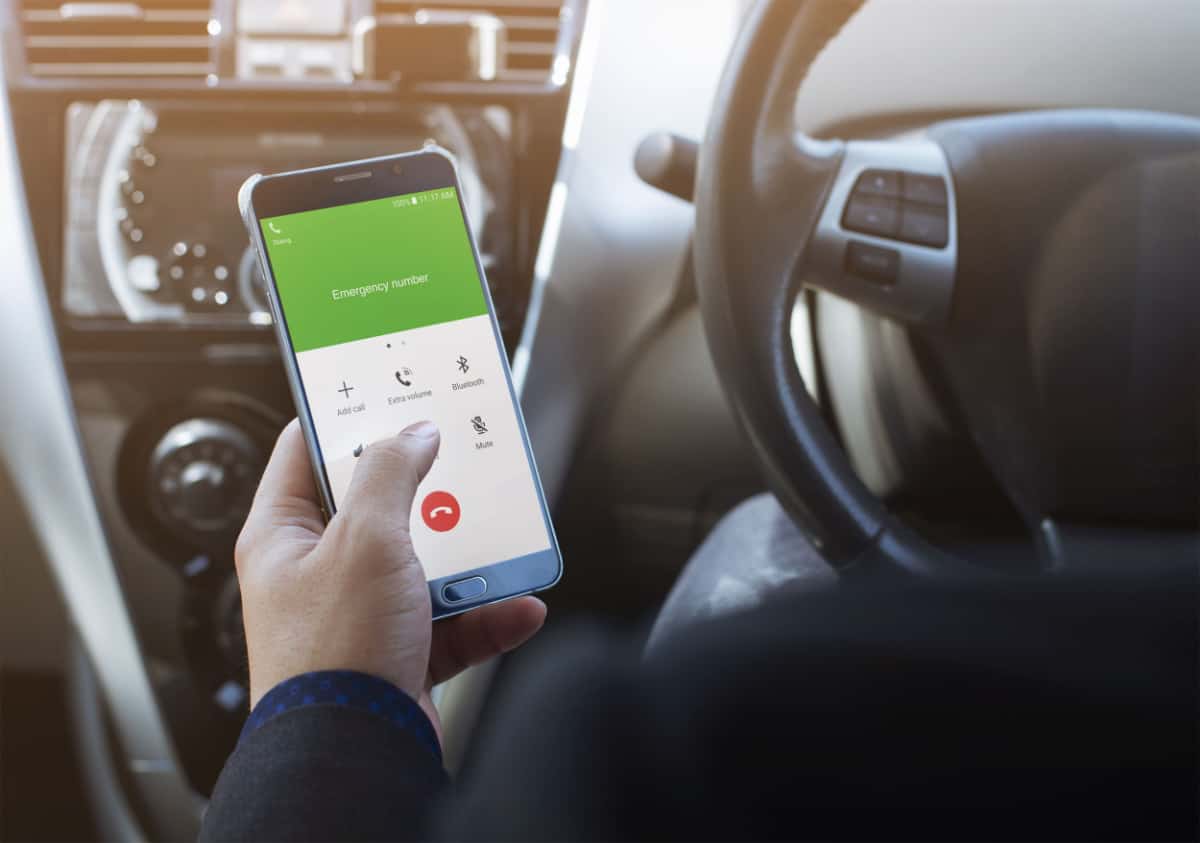
If your cat ingests something harmful, inducing vomiting isn't always the best course of action. In fact, it can sometimes lead to further complications.
Therefore, it's crucial to consult with the experts before taking any steps.
Understanding Your Vet's Availability
Familiarize yourself with your veterinarian's office hours and the protocol for after-hours emergencies.
Does your vet refer patients to a colleague, or is an emergency hospital your best bet?
Knowing the location of the nearest emergency hospital and having their contact number saved in your phone is a must.
Alerting the Hospital: A Proactive Approach
If an emergency does occur, you can call the hospital while you're on your way.
This allows them to prepare for your arrival, especially if you'll need assistance moving your cat from the car to the hospital.
Additionally, they can make necessary arrangements, like clearing the waiting room of dogs if you're bringing in a distressed or injured cat.
Administering First Aid: A Basic Guide for Cat Owners
When it comes to our feline friends, being prepared for medical emergencies is crucial.
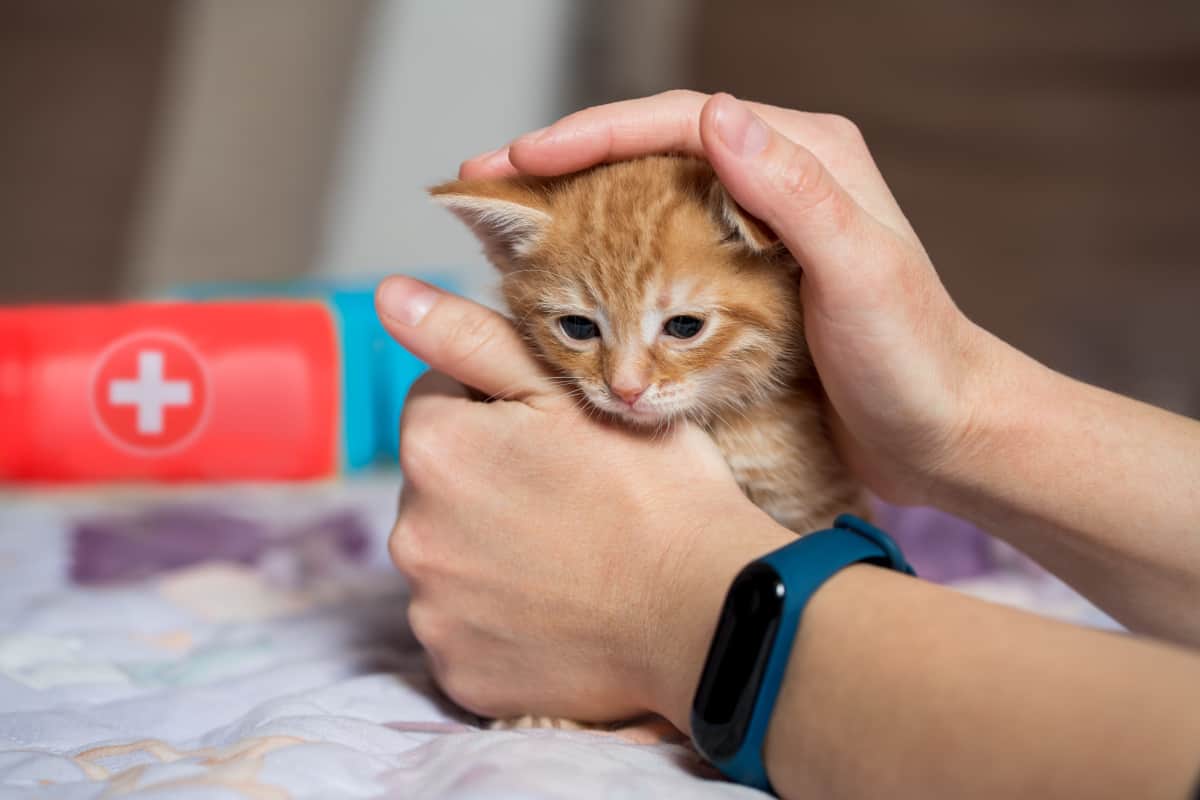
A basic understanding of first aid can make a significant difference in the critical moments before you can reach professional help.
Here are some common situations you might encounter and the immediate steps you can take:
Wound Care
If your cat has a minor cut or scrape, clean the wound with warm water and mild soap. Avoid using hydrogen peroxide as it can damage the tissue.
Apply a pet-safe antiseptic and cover the wound with a clean bandage.
Choking
If your cat is choking, open their mouth carefully and see if you can spot the obstruction. Use tweezers to gently remove it, but be careful not to push it further down.
If you can't remove it or your cat becomes unconscious, rush them to the vet immediately.
Poisoning
Pale gums in your cat could signal internal bleeding from injury or poisoning. Know their healthy gum color for comparison.
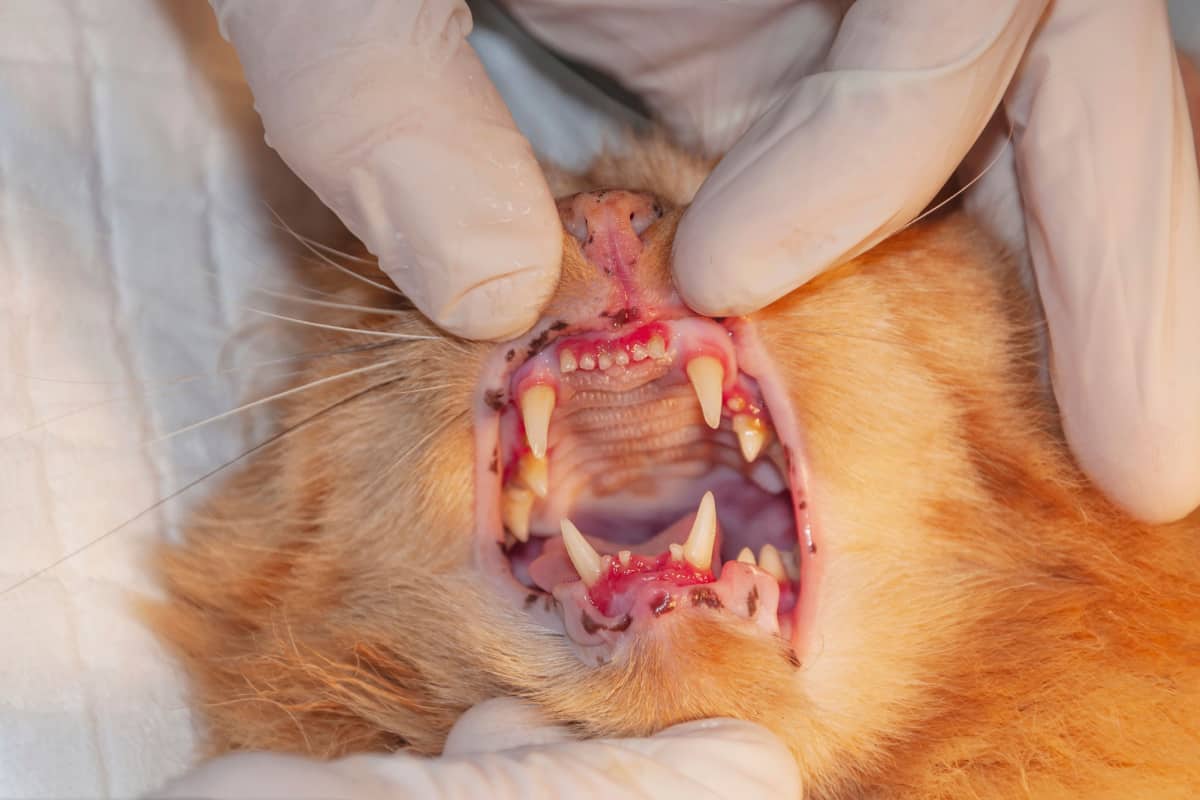
If your cat is frequently rubbing their face, it might have a dental issue or something stuck in its mouth. Regular check-ups can help spot such problems early.
Suspect poisoning? Don't induce vomiting unless advised by a vet or poison control. Keep the suspected poison's packaging—it can guide the vet's treatment plan.
Heatstroke
Cats can suffer from heatstroke if they're exposed to high temperatures for too long.
If your cat is panting heavily, move them to a cool place, provide fresh water, and dampen their fur with cool (not cold) water. Contact your vet immediately.
Seizures
Witnessing your cat having a seizure can be frightening. Keep calm and ensure they are in a safe place where they can't hurt themselves.
Do not try to restrain your cat or put anything in its mouth. Time the seizure and immediately contact your vet once it's over.
Burns
If your cat suffers a burn, the first step is to cool the area with running cold water but avoid immersing your cat completely.
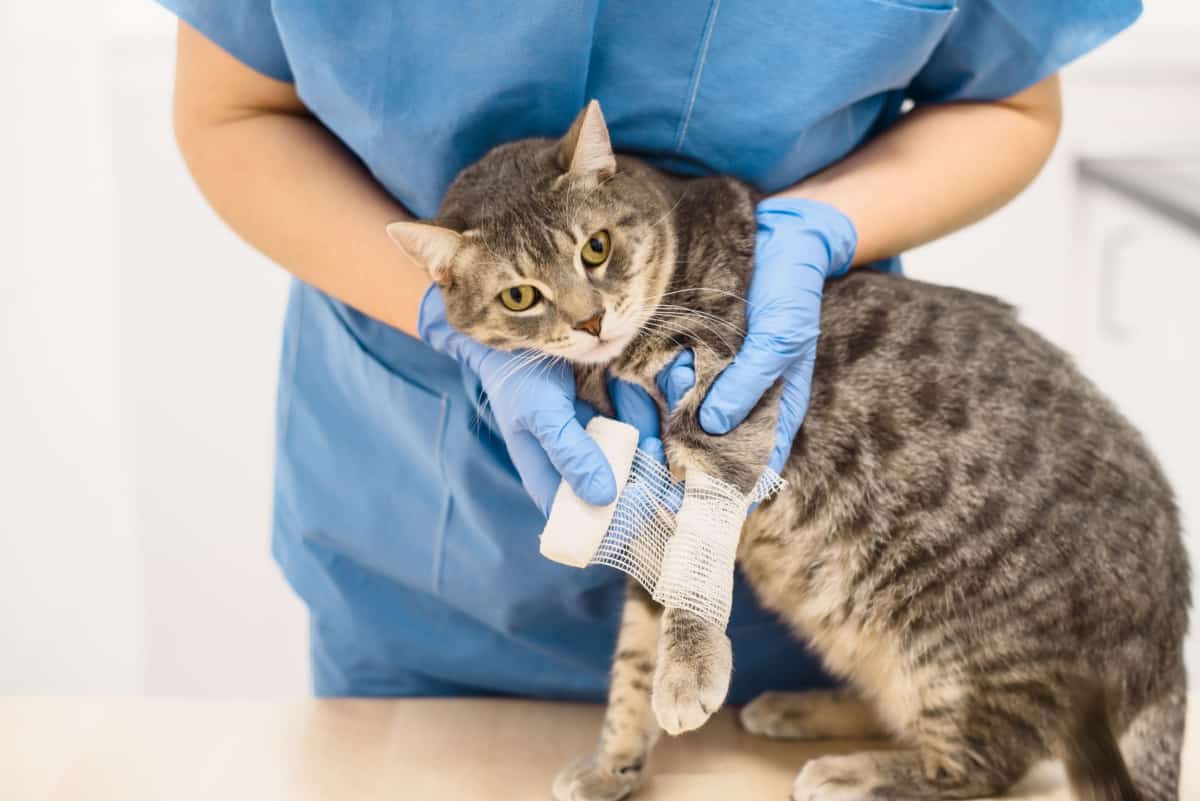
Do not apply any creams or ointments. Cover the burn with a clean cloth and seek immediate veterinary care.
Taking Charge: Your Cat’s Emergency Ally
We’ve navigated the essentials of feline first aid, highlighting the importance of preparation.
With insights on locating classes, recognizing distress signs, and basic first aid know-how, you’re now empowered to act swiftly in emergencies.
Keep those emergency contacts handy and know your vet’s protocol. And remember, while first aid is vital, it doesn’t replace professional veterinary care.
With this knowledge, you're now better equipped to be your cat's superhero when they need you the most.
SIGN UP FOR THECATSITE'S EMAIL UPDATES >
Comments? Leave them using the comment section below. Questions? Please use the cat forums for those!
Read more on:
35 Signs That Your Cat May Be In Pain.
What To Do If You Think Your Cat Ingested Poison
Cats & Lilies: Avoid The Danger Lurking In Your Home
Note: We may get commissions for purchases made through links on this page.






One comment on “First Aid For Cats – Essential Skills Every Cat Owner Should Know”